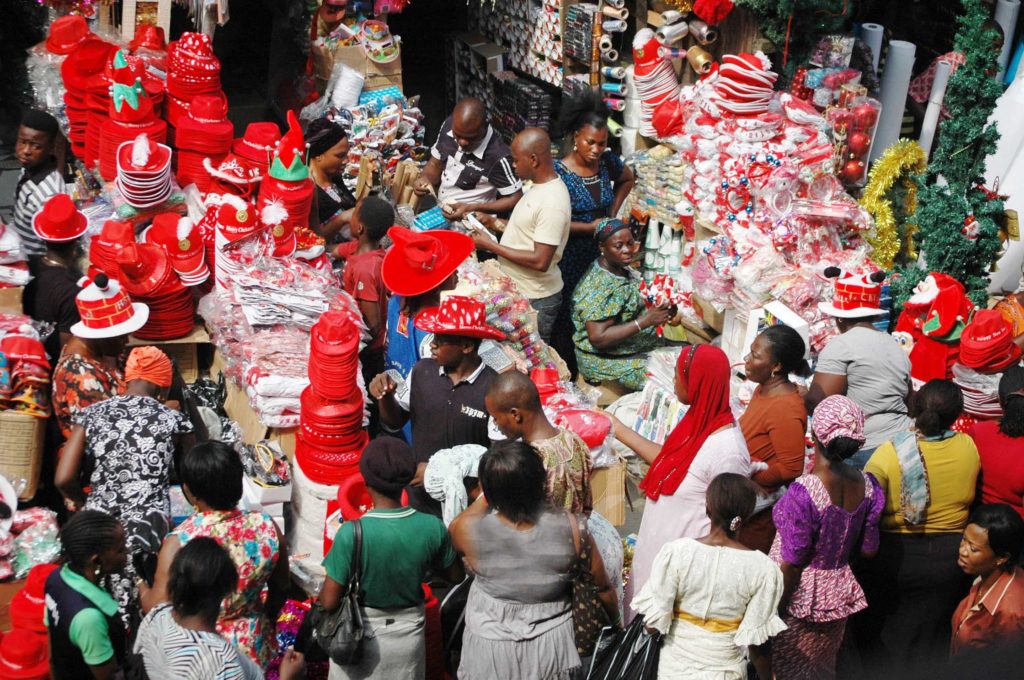🌿 Ruzu Non-Alcoholic Herbal Bitters
Ruzu Non-Alcoholic Herbal Bitters is a natural health supplement specially formulated to:
- ✅ Promote general wellness
- ✅ Detoxify the body
- ✅ Support the treatment of various ailments
Made from a powerful blend of 100% organic and medicinal herbs, Ruzu is completely alcohol-free, making it ideal for:
- 👪 All age groups
- 🌱 Health-conscious individuals
- 🌿 Anyone seeking non-alcoholic herbal remedies
Whether you're looking to boost your vitality, cleanse your system, or support healing the natural way, Ruzu Bitters offers a trusted herbal solution.
Christmas has always been a season of joy, togetherness, and celebration. However, the way people celebrate this beloved holiday has evolved dramatically over the years. From humble beginnings centered around faith and family to the dazzling, commercialized holiday as many people experience it across towns and cities today.
Wondering what else has changed? Here’s a look at how Christmas has changed over the decades:
1. Decorations: Handmade vs. High-Tech
Christmas decorations were simple and often homemade. Families would string popcorn garlands, handcraft ornaments, and light candles on their trees. Christmas trees were often small and adorned with items found around the home.
These days, decorations are a spectacle of creativity and technology. From pre-lit artificial trees to synchronized LED light displays, modern Christmas decor often involves apps and automation. Social media trends drive decor themes, with many households opting for Instagram-worthy setups.
2. Gift Giving: Thoughtful Gestures vs. Shopping Sprees
Before, gift-giving was about simple, thoughtful items, often handmade or practical. A child might receive a wooden toy, a book, or a piece of clothing. Gifts were cherished and opened slowly, often on Christmas morning.
However, things have evolved. The focus has shifted to consumerism, with Black Friday and Cyber Monday setting the tone for a season of extravagant spending. Electronics, designer items, and trending toys dominate wish lists. Unwrapping gifts can sometimes feel rushed, with the sheer number of presents overwhelming the experience.
3. Communication: Letters vs. Instant Messages
This change is constant. Yes, not just for Christmas. But I must tell you that Christmas greetings were exchanged through handwritten letters and cards. Sending a Christmas card was a heartfelt tradition, with families writing personal messages to loved ones far away.
How about now? Yes, you have your smartphones. The smartest of phones. Digital communication has taken over. E-cards, social media posts, and group texts are the norm, offering convenience but sometimes lacking the personal touch of a handwritten card. Video calls, however, have brought a new kind of closeness to distant families.
Read Also: Check out these affordable early Christmas gift ideas
4. Food: Homemade Feasts vs. Store-Bought Convenience
The Christmas meal was a family effort, with everything prepared from scratch. Recipes were passed down through generations, and the meal was a time to gather and savor the fruits of shared labor.
Is that still the general practice now? I doubt. Even though some families still treasure homemade meals, many opt for store-bought or catered dishes to save time. Online food delivery services now offer curated Christmas feasts, making hosting easier than ever without cooking.
5. Entertainment: Caroling vs. Streaming
Entertainment used to be centered on community and tradition. Families sang carols, attended church services, or gathered around the fire to share stories and play games. Radio broadcasts of Christmas music were a special treat.
The world of entertainment has gone digital. Streaming platforms offer a wealth of Christmas movies, shows, and playlists, making it easy to enjoy the season without leaving home. TikTok dances, viral holiday challenges, and gaming have become modern traditions.
6. Shopping: Local Markets vs. Online Retail
Christmas shopping meant visiting local markets or department stores, often accompanied by the festive sounds and scents of the season. Shoppers would browse leisurely, chatting with vendors and neighbors physically.
You know about this. Online shopping has revolutionized the experience. Gifts can be ordered and delivered to your door with a few clicks. Flash sales and next-day delivery have made convenience king, but the personal charm of in-person shopping has diminished.
7. Christmas Spirit: Faith vs. Festivity
Then, Christmas was primarily a religious holiday centered on the birth of Christ. Church services, nativity plays, and hymns were integral to the celebration, and families focused on the spiritual significance of the season.
Of course, faith still remains important for many, but Christmas has become more secular and inclusive. The emphasis is often on the festive aspects like Santa Claus, gift exchanges, and holiday parties, making it a celebration that transcends religious boundaries.
8. Traditions: Family-Focused vs. Trend-Driven
Christmas traditions were deeply rooted in family and culture. They remained unchanged year after year, creating a comforting sense of continuity.
But these days, social media influences modern traditions. Holiday photo shoots and trendy decor challenges have replaced some classic customs. Traditions evolve quickly, driven by online trends and viral ideas.
















